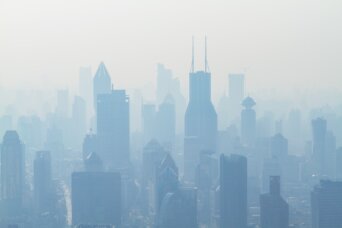- About
- Topics
- Picks
- Audio
- Story
- In-Depth
- Opinion
- News
- Donate
- Signup for our newsletterOur Editors' Best Picks.Send
Read, Debate: Engage.
| topic: | Air Pollution |
|---|---|
| located: | Kenya, India, Indonesia |
| editor: | Bob Koigi |
Over 80 percent of city dwellers in areas that monitor air pollution globally are exposed to air quality levels that have surpassed the World Health Organisation’s (WHO) guidelines. At the same time, up to 98 percent of urban areas in middle and low-income countries that have more than 100,000 inhabitants fail to meet the WHO air quality limits.
These extremely high air pollution levels have exposed the urban population to the risks of diseases, including cancer, heart diseases, stroke and acute respiratory diseases like asthma. As a result, such problems are the cause of close to seven million premature deaths each year, largely in low and middle-income countries.
But to tame such menace, the world is coming up with innovative ways of improving air quality while educating the masses on sustainable ways of reducing air pollution. From embracing renewable sources of energy to technologies that detect high pollution levels, such solutions are reversing the sorry state of affairs, one resolve at a time.
One such project dubbed Clean Air Catalyst, which is now being piloted in cities like Jakarta, Indonesia, Indore and Nairobi, seeks to put the brakes on the rate of pollution by equipping cities with air-quality solutions that protect health while tackling the climate catastrophe. The project does this by enlisting the support and partnerships between government agencies, community members, the private sector and other players.
The idea is to create awareness on the local contributors of air pollution and offer practical solutions to tackling them. While this is a laudable initiative which has great potential to address the global pollution menace, its success is pegged on the political will of leaders and in ensuring everyone is included in the journey towards the solution.
Photo by Photoholgic

